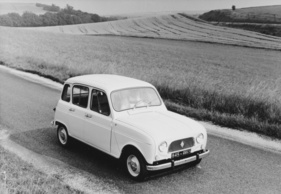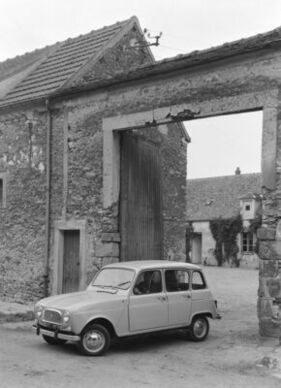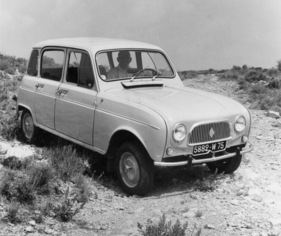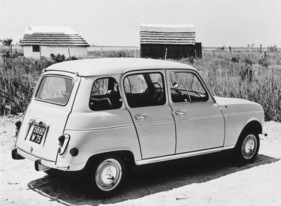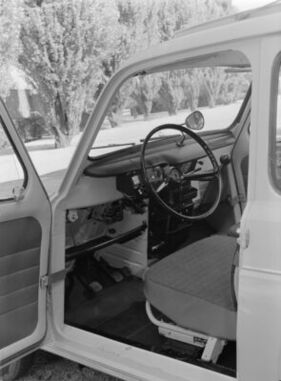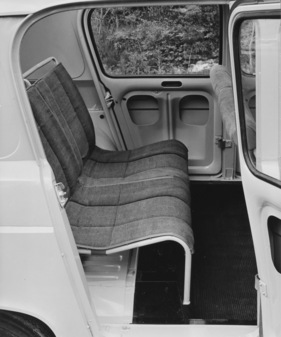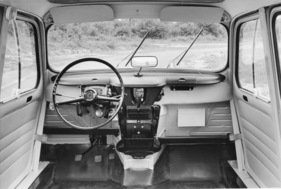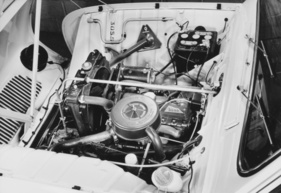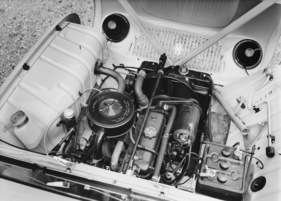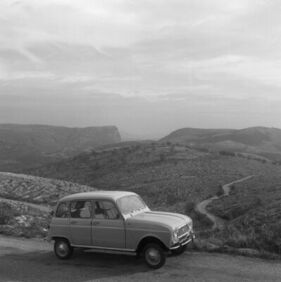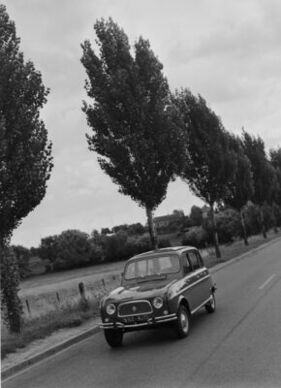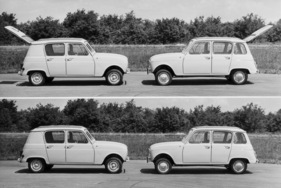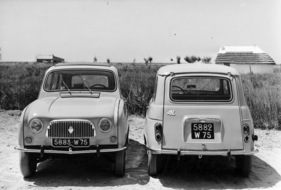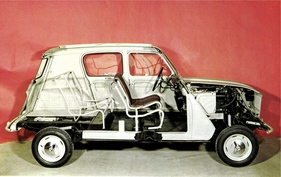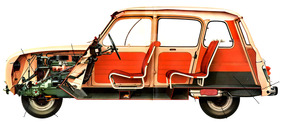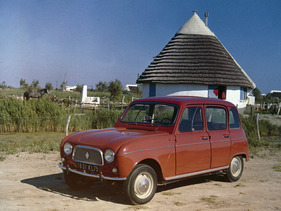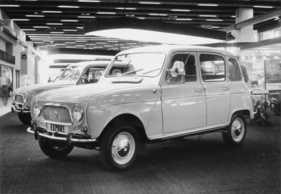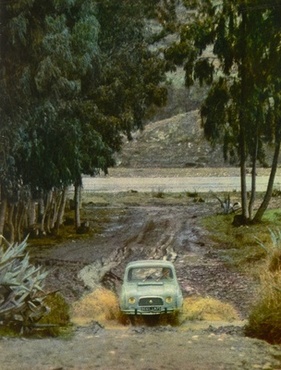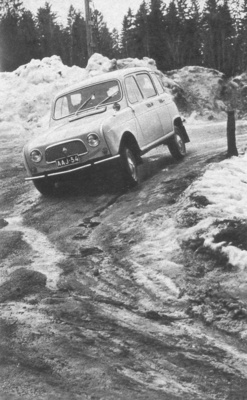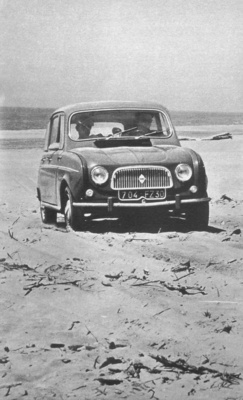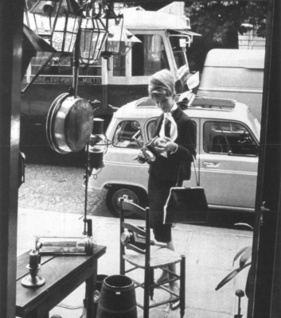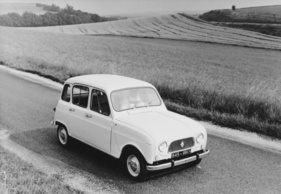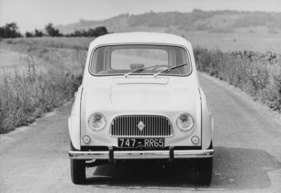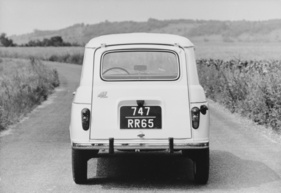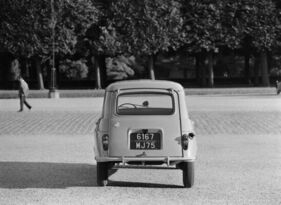Mule talent - Renault 4 L in the (historical) test
Summary
It was a car like a mule, the Renault 4: a faithful, useful transporter, robust and frugal. Its shape, chassis and equipment had to be subordinate to this purpose. It was therefore less suitable for parading on noble terrain. However, it continued to drive stoically where others would have long since got stuck. This historical test report lists the advantages of the Renault 4, almost all of which are related to its simplicity.
This article contains the following chapters
- Chassis with a limp
- Elastic, but fluttery
- Functional and easy to clean
- It wobbles, but doesn't sink
- Easy to care for as it is carefree
- Which one to buy?
- Technical data and measured values
Estimated reading time: 23min
Preview (beginning of the article)
n certain circles of the French automobile industry, the fine custom has developed of designing vehicles in such a way that the rest of the world throws up its hands when they appear. But no sooner has mankind recovered from such a Gallic shock than it starts buying them. After Citroën had used this recipe twice with good success, the hitherto still somewhat reserved National direction decided to build a left-wing radical car that the smaller competition could not have built more consistently. The Renault people could be sure of victory on their own turf and market, but the family Camion was met with some reticence in Germany. Even the German sales company, I believe, had a slight attack of horror at the sight of the R 4. It now had the task of selling a car that could have been claimed to have been designed to avoid sales in the chrome-hungry Federal Republic at all costs. In the meantime, we have been proven wrong. The R 4 is well received. It even sells well. The hushed-up common sense of the German car buyer has taught us a thorough lesson.
Continue reading this article for free?
Photos of this article




